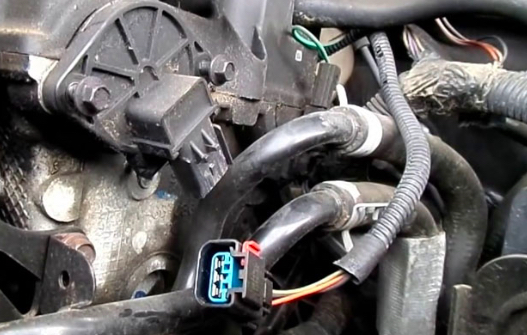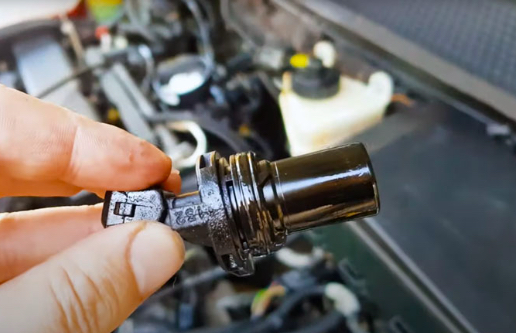Are you having trouble replacing your camshaft position sensor but still getting a code? We understand how frustrating this can be, so we have compiled a comprehensive guide to help you diagnose the issue, replace the sensor, and clear the code. Our detailed, step-by-step instructions will walk you through the process and get your vehicle running smoothly again.
Solve the Mystery: Why You Get a Code Even After Replacing the Camshaft Position Sensor

Finding out why your vehicle is still giving a code even after replacing the camshaft position sensor can be a mystery. Replaced Camshaft Position Sensor But Still Get Code? Don’t worry! We can help you solve this mystery by providing a comprehensive guide to diagnosing and resolving this issue. Our step-by-step instructions will walk you through understanding why you are getting the code and how to clear it. Plus, we’ll provide helpful tips and tricks to make sure your vehicle runs smoothly in the future. Ready to get started? Let’s go!
| Steps | Description |
|---|---|
| Step 1 | Diagnose the Issue |
| Step 2 | Replace the Sensor |
| Step 3 | Clear the Code |
| Step 4 | Troubleshoot Potential Problems |
Diagnose the Issue
Diagnosing the issue is the first step in replacing a camshaft position sensor. This requires careful inspection of the engine and its components and a thorough understanding of the vehicle’s diagnostic codes. The diagnostic codes may vary depending on the car’s make and model. It is essential to properly diagnose the issue before attempting to replace the camshaft position sensor, as this will ensure that the problem is addressed correctly.
Replacing the Sensor
Once the issue has been appropriately diagnosed, replacing the camshaft position sensor is the next step. This involves loosening the mounting bolts, disconnecting the wiring harness, and removing the old sensor. The new sensor should be installed similarly, ensuring that all wiring connections are secure and the mounting bolts are correctly tightened. It is essential to take the time to properly install the new sensor to ensure it is functioning correctly.
Clearing the Code
Once the new sensor has been installed, the diagnostic code must be cleared. This is typically done using a scan tool or code reader to reset the engine’s computer. Removing the principle is the final step in replacing a camshaft position sensor, and it is vital to ensure the code is completely cleared before attempting to start the engine.
Key Takeaways for Replacing the Camshaft Position Sensor
- Diagnose the issue correctly before attempting to replace the camshaft position sensor.
- Take the time to install the new sensor properly
- Make sure the code is completely cleared before starting the engine
- Troubleshoot any potential problems that may arise after replacing the sensor
Successfully Replacing a Camshaft Position Sensor
Replacing a camshaft position sensor can be daunting, but with careful diagnosis and a thorough understanding of the process, it can be done successfully. It is essential to diagnose the issue correctly before attempting to replace the camshaft position sensor, as this will ensure that the problem is addressed correctly. After installing the new sensor, it is vital to ensure the code is completely cleared before starting the engine. Finally, it is important to troubleshoot any potential problems that may arise after replacing the sensor. With these key takeaways in mind, replacing a camshaft position sensor can be straightforward and successful.

